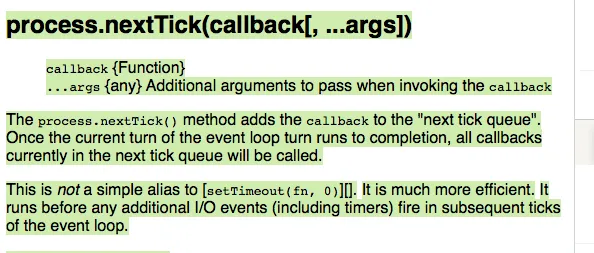
(Immagine made by @pab.ink)
This post is published in relation to the @utopian-io & @davinci.polyglot translation project, by a selected Translator for the Italian language
Project details and translation's reason
Node.js is a Javascript runtime. The project title refers to the node word, and indeed Node.js is closely related to this concept. It is a fascinating project and it has a considerable potential.
Below you can read some significant features of Node.js:
- Node.js is open source and takes full advantage of the power of communities to get better over time.
- Node.js relies heavily on the concept of scalability, in fact thanks to this feature it has the ability to generate network applications which also are based on the scalability.
- The concept of "events" in node is implemented and rethought, in fact the old concept used by other event library systems is replaced on Node with the event runtime. This "cycle of events" is activated through the calling process.
- Node.js is also designed to have an interface that makes it easy to use.
- Node distinguishes itself from other similar systems thanks to the absence of operating system threads.
These motivations are a great incentive to translate this project. Briefly I consider interesting two factors: the first one is how Nod.js differs from the majority of similar projects, the second one is its being completely open source. These two characteristics are so relevant that they stimulate me to translate it.
Github
Check out the whole project on Github

Contribution specification
My role as a translator consists in translating the strings I find during my translation work in the most appropriate way, from the English language to the Italian one.
This translation work is divided in two phases:
The first one is the work of simple translation and the second one consists in understanding the contexts and understand what kind of specific words should be translated and which not (for example because they are too technical to be translated).
Translation Overview
This is my ninth post for the Node.js. project.
The experience increases translation after translation: the more I post the more I gain more knowledge about the project, which makes me more aware about the work I have to do.
Because Node.js is a technical project, many words or structures are often left in English in order to be as accurate as possible.
I have translated about 1000 words and I have dealt with different issues already faced in my previous translation works.
The major part of my work as a translator involves various types of processes such as ticks, main module etc.
With this post I can state that I translated 86% of the folder named process.md.

Excerpts of my work
Below I propose some significant strings that help to better understand the work I have done translating these 1000 words:

process.nextTick
This is not a simple alias to [setTimeout(fn, 0)][]. It is much more efficient. It runs before any additional I/O events (including timers) fire in subsequent ticks of the event loop.
console.log('start');
process.nextTick(() => {
console.log('nextTick callback');
});
console.log('scheduled');
// Output:
// start
// scheduled
// nextTick callback

process.mainMoudle
The process.mainModule property provides an alternative way of retrieving [require.main][]. The difference is that if the main module changes at runtime, [require.main][] may still refer to the original main module in modules that were required before the change occurred. Generally, it's safe to assume that the two refer to the same module.
As with [require.main][], process.mainModule will be undefined if there is no entry script.
Languages
Source language: English
Target language: Italian
To check my previous experiences as a translator you can consult my application
Word count
Words Translated: 1005.
Proof of authorship
You can lookup Crowdin project on the following link, as well as the summary of my activities